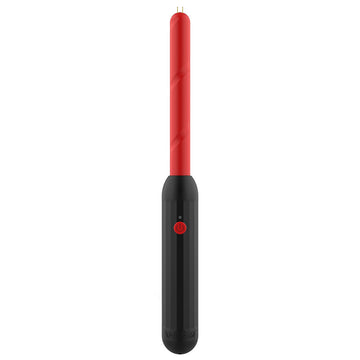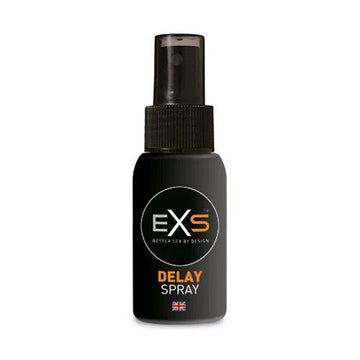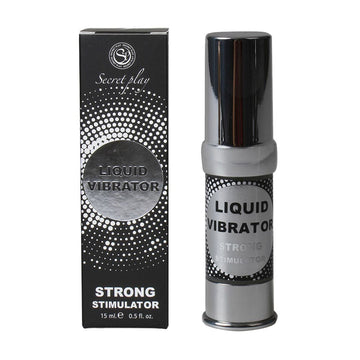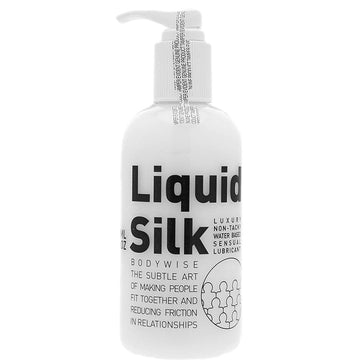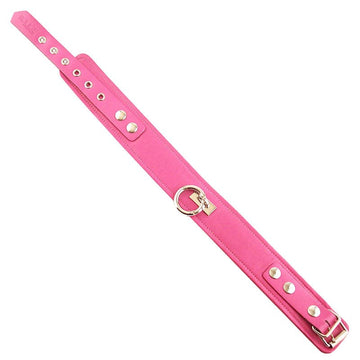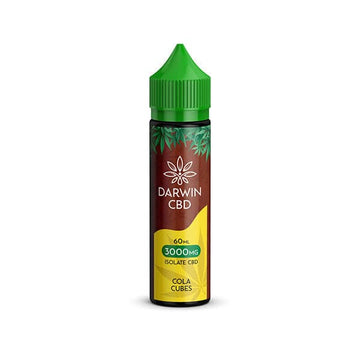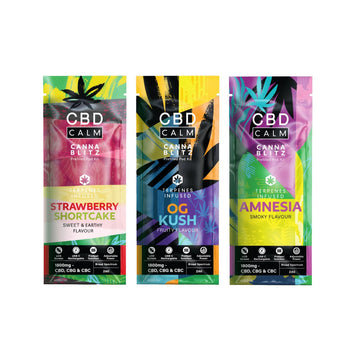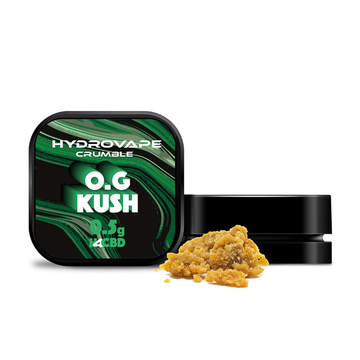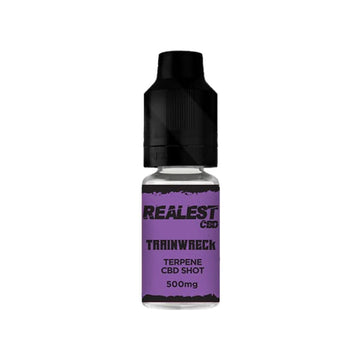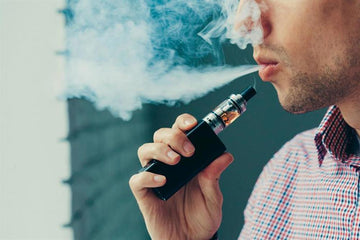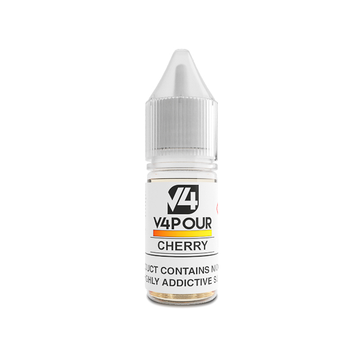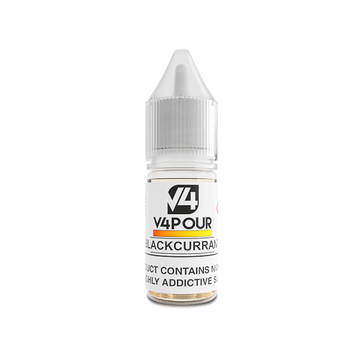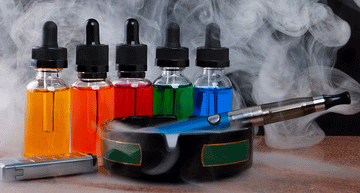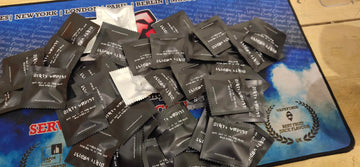What are the ingredients in e-liquids?
You're obviously worried over what you put inside your body. This is least one of the causes you are thinking about switching to vaping or have already converted - you are familiar of the mixture of thousands of harmful chemicals breathed when smoking and desire to make a difference.
So, let's take a deeper look at the e-liquid constituents. As you can see, the components of vape juice are delightfully basic and uncomplicated. Although e-liquid can have a variety of flavours, the majority as to what you inhale as you vape is made up of only a few substances.
Vegetable Glycerine and Propylene Glycol
The great bulk of each bottle of e-liquid is made up of propylene glycol, vegetable glycerine, or a combination of the two. The flavours and nicotine used by e-liquid manufacturers are both extremely concentrated in their native form. Because flavour and nicotine are designed to be diluted with a carrier, a complete bottle of e-liquid may contain only a few drops of each.
Propylene glycol and vegetable glycerine are the mediators in e-liquid. They are the bulk as to what you inhale when you vape, as well as being responsible for the clouds you see. Both have been authorised by the FDA as approved food additives.
Propylene glycol (PG) is a manmade substance used as a solvent, carrier, and emulsifier. Propylene glycol is a solvent and carrier that is found commonly in liquid and inhalation pharmaceuticals. Propylene glycol is utilised as a carrier in many liquid flavours, including a major proportion of the flavours for use in e-liquid manufacture. Because propylene glycol is an excellent emulsifier for liquid substances, it may be found in a variety of beauty items such as lotions and cosmetics.
Vegetable glycerine (VG) is a natural material produced during the soapmaking process; when lye is added to fat, two products are produced: soap and glycerine. Because glycerine is a good moisturiser, it may be found in a variety of soaps and lotions. It also functions as a solvent and an emulsifier; thus it may be utilised as a substitute to propylene glycol in a variety of goods.
Glycerine also has the ability to increase the flavor of an e-liquid, as well as to sweeten various low-glycemic meals and snacks.
Some users are allergic to propylene glycol and purchase 100% vegetable glycerine e-liquids to prevent reactivating their sensitivity.
Often these e-liquids contain both propylene glycol and vegetable glycerine; vape juice manufacturers blend both chemicals in various amounts to express various qualities. The thicker of the two liquids, glycerine, adds to larger vapour clouds and a deeper mouth feel. Propylene glycol creates smaller vapour clouds; however, it is a superior flavour transporter and has a stronger throat punch.
Natural and artificial flavours
The flavour profile of an e-liquid is what distinguishes it from different e-liquids, and the flavours used for vape juice are identical food-grade flavours that food companies use when manufacturing sweets, drinks, and snacks. Because the components in e-liquid are frequently the same as those found in foods and beverages, the flavour profile of a vape juice may often taste so authentic.
The flavouring compounds utilised in vape juice, like many meals and snacks, would both be natural and artificial. The sole distinction between the two kinds of flavours are that an artificial flavour is created in a laboratory, whereas a natural flavour is derived from something found in nature, generally a plant. A natural flavour, on the other hand, does not always derive from the product listed on the label. A natural apple flavour, for example, might be produced from a fruit that is not an apple.
The most popular e-liquid flavour is still so current in popularity that it warrants special attention. Sucralose, a prevalent sugar-free sweetener, is responsible for its flavour. Sucralose was most likely present in an e-liquid that tasted just about as sweet as genuine sweets and left a sugary film on your lips. Sucralose tastes great, but it creates a coating on your atomizer coil that might make your vape taste burned.
Nicotine
Nicotine is the final component of e-liquid and, most possibly, the reason you vape. This element isn't as simple as it previously was since, as the vaping community's requirements and tastes have evolved over time, vape juice manufacturers have started to incorporate different forms of nicotine in their products. We'll go through the three forms of nicotine which are currently utilised as e-liquid additives.
Freebase nicotine- The most frequent kind of nicotine found in e-liquid is freebase nicotine. Ammonia, which is utilised as a solvent, is used to extract it from tobacco leaves. Often these nicotine replacement products, such like gums, lozenges, and patches, contain freebase nicotine.
Nicotine salt- Nicotine salt is nicotine that has been transformed from a free base to a salt using a moderate acid such as benzoic acid. Nicotine salt is smoother and simpler to inhale than freebase nicotine.
If your typical e-liquid has a low nicotine level of 3-6 mg/ml, you're unlikely to detect a change in smoothness among freebase nicotine and nicotine salt. However, if you choose a higher-strength vape juice in the 10-20 mg/ml range, you'll likely discover that nicotine salt e-liquid is more fun to consume and gentler on your throat.
Nicotine salt enables those using tiny vaping devices to utilise high-nicotine e-liquids without pain or throat irritation.
Synthetic nicotine- Synthetic nicotine is nicotine which is created in a laboratory rather than taken from tobacco leaves. Previously, synthetic nicotine had been too expensive to be used in the vaping sector. Its cost has lately fallen, and it is quite expected that more e-liquid manufacturers will migrate to tobacco-free nicotine in 2023 and beyond.
